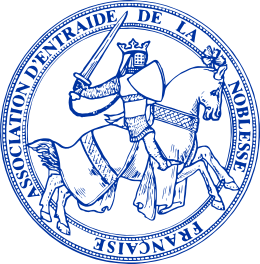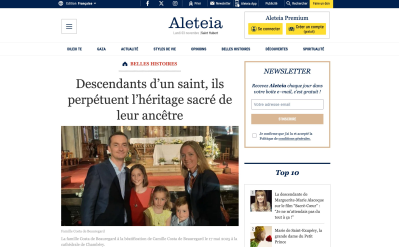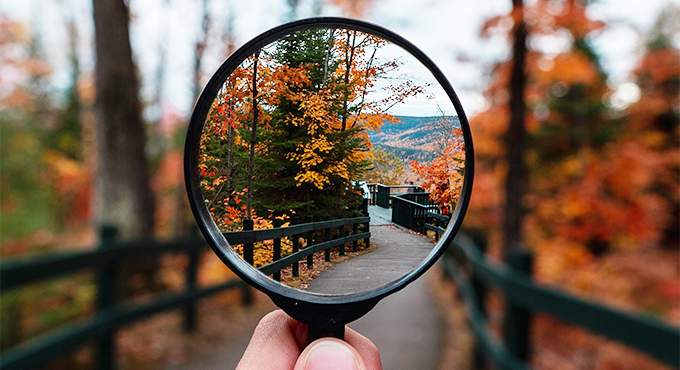News

Ouest France: "ENTRETIEN: " Les demeures historiques ouvertes au public contribuent à l'économie locale "" (in French)
01 April 2024
Press review
Viewed 502 times
Celebrating its 100th anniversary, the Demeure historique association brings together 3,000 private owners of historic monuments and gardens. Every year, this heritage welcomes over nine million...
You must be logged in to read more









